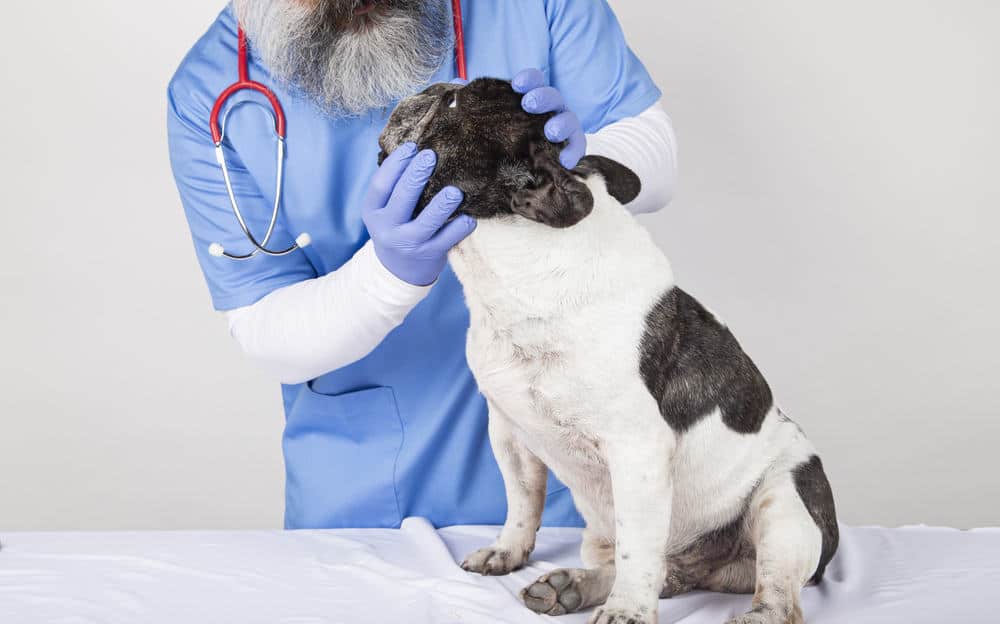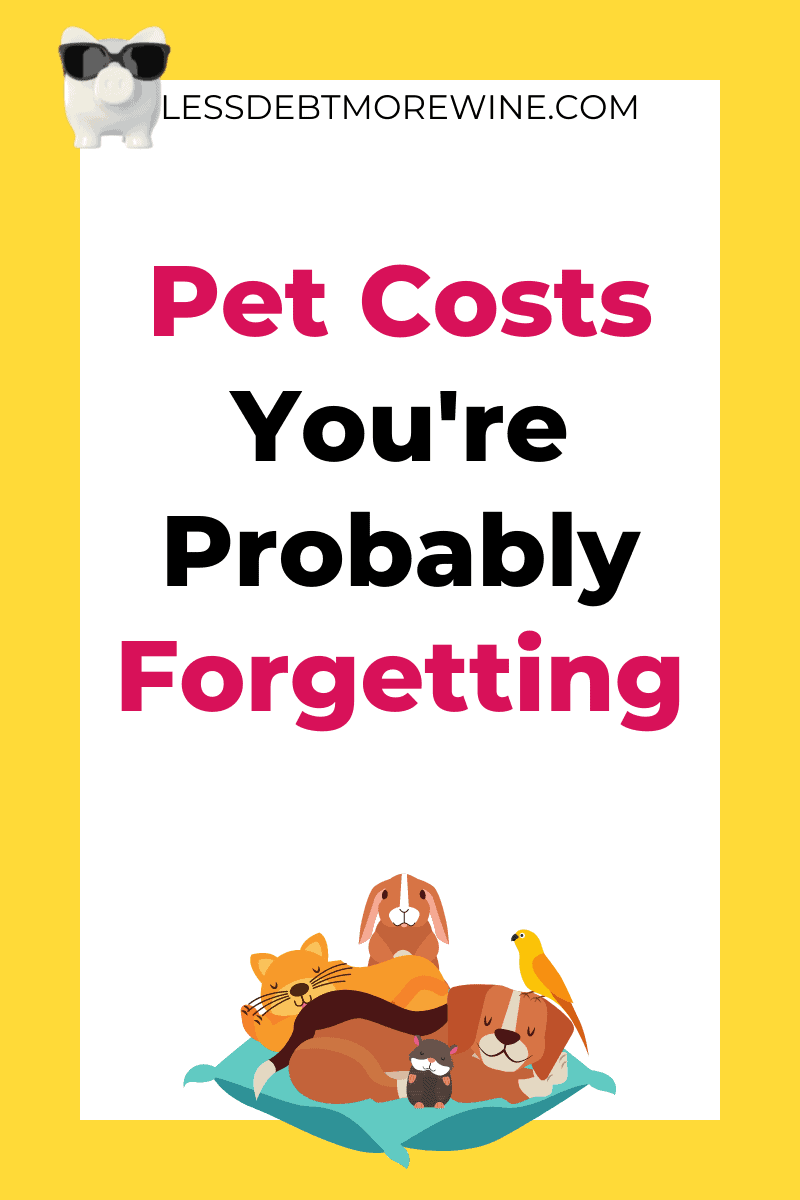When you bring a new pet into your home, there are a lot of costs that you may not be thinking about. In addition to food, toys, and vet bills, you also need to factor in pet insurance and sadly cremation costs. Yes, pets come with a price tag!
In addition to toys, you will also need things like a leash, collar, bedding, and food and water bowls. The cost of all these pet supplies can really add up! In this blog post, we will take a look at some of the hidden costs of owning a pet.
We will discuss pet insurance and what it covers, as well as the cost of cremating your pet after they die. If you are considering becoming a pet owner, be sure to read this post first!
1. Vet bills:
When you first get a pet, you will need to take them to the vet for a check-up. This is important to make sure that they are healthy and up-to-date on their vaccinations. The cost of veterinary care can vary, but it is typically around $50-$100 plus the cost of any vaccines or other tests and medications they may need.
In addition to the initial vet visit, you will also need to take your pet for routine check-ups and vaccinations. Each of these visits can cost anywhere from $30-$100 depending on the services required.
If your pet becomes sick or injured, you may need to take them to an emergency vet visit which can cost hundreds or even thousands of dollars. This is why pet insurance is so important!
Pet insurance can help to cover the cost of unexpected vet bills. Most pet insurance policies have a monthly premium that you pay, and then they will reimburse you for a portion of your vet bills. Some policies will cover preventive care, while others only cover accidents and illnesses. It is important to read the fine print of your policy to know what is covered.
The cost of pet insurance can vary depending on the type of pet you have, but it is typically around $30-$50 per month.
Related: 5 Reasons Why You Should Wait to Get a Pet
2. Food:
Pets need to eat too! The cost of food will depend on the size and type of pet you have as well as their health needs. For example, a small dog or cat may only eat $10-$30 worth of food per month, while a dog needing prescription food could eat $100 or more.
Pet owners also need to factor in the cost of treats and chews. Dogs especially love to chew on things, so you may go through a lot of bones and toys! This can add up quickly, so be sure to budget for it.
3. Toys and accessories:
Pets need toys to keep them entertained, stimulated, and distracted from ruining your furniture.
The cost of pet toys and accessories can range from $20-$100 per month depending on the size and type of pet you have and how quickly they destroy their toys.
You might look into one of the many toy subscriptions available. This is a monthly service that sends you a box of toys and treats tailored to your pet’s size, age, and chewing habits.
The cost of a pet toy subscription can range from $20-$40 per month. Our favorite is the Super Chewer Box from BarkBox, it comes is super tough toys that last!
4. Boarding or daycare
If you need to go out of town or work long hours, you will need to make arrangements for your pet. Boarding at a kennel or pet hotel can cost $25-$100 per night, while doggy daycare can cost $12-$38 per day.
Alternatively, paying someone to come and walk your pet or house sit can cost anywhere from $20-$75.
When you are planning a vacation, be sure to factor in the cost of boarding, housesitters, or daycare for your pet!
5. Emergency care:
You never know when your pet will do something that lands them in the Vet’s ER. Once my dog age a bag of raw pizza dough she stole off the counter. Turns out raw dough can ferment and cause alcohol poisoning. The emergency visit to the vet on a Sunday cost some over $1,000. Having pet insurance could have saved me some money.
Pet insurance can help to cover the cost of unexpected vet bills. Most pet insurance policies have a monthly premium that you pay, and then they will reimburse you for a portion of your vet bills. Some policies will cover preventive care, while others only cover accidents and illnesses. It is important to read the fine print of your pet insurance policy to know what is covered.

6. Grooming:
Depending on the type of pet you have, you may need to factor in the cost of grooming. This is particularly true if you get a non-shedding dog. While you won’t have pet hair everywhere, there are other costs associated with caring for that kind of dog.
They’ll need regular baths, haircuts, and nail trims. Additionally, you’ll need to be good about brushing them regularly to avoid hair matting.
The cost of grooming can range from $20-$100 per month depending on the type of pet you have and how often they need to be groomed.
7. End of Life Care
No one likes to think about this, but you will need to budget for end-of-life care for your pet. This includes things like medical care and pet cremation costs. The cost of cremation can range from $30-$250.Then there is the cost associated with what you decide to do with their ashes.
Deciding if Pet Insurance is Right For You
If you are not sure if pet insurance is right for you, there are a few things you should consider:
- How much can you afford to pay out-of-pocket if your pet becomes sick or injured?
What happens if your pet gets sick or injured and needs expensive treatment? Will you be able to afford it? Do you have an emergency fund set aside for unexpected pet bills?
- Is there a particular breed of dog that is prone to expensive health problems?
Does your pet require medication every day? If so, how much does the medication cost? Will they likely need certain therapies in the future due to hereditary conditions like hip dysplasia?
These are all important factors to consider when making the decision about whether or not to get pet insurance.
What Types of Costs Pet Insurance Covers
Most pet insurance policies will cover unexpected vet bills resulting from accidents and illnesses. Some policies will also cover preventive care, like vaccinations and routine check-ups but those kinds of policies are rare. It is important to read the fine print of your policy to know what is covered.
Bottom Line
The bottom line? Pets are expensive! But they are worth every penny. Be sure to budget for all of these potential pet costs so that you are prepared when the time comes. Your furry friend will thank you!
So, there you have it! These are just some of the hidden costs of owning a pet that you may not have considered. Be sure to budget for these expenses when making the decision to add a furry friend to your family! Thanks for reading!
Do you have any tips for saving money on pet costs? Share them in the comments!
Related: How Having Pets Can Save You Money


